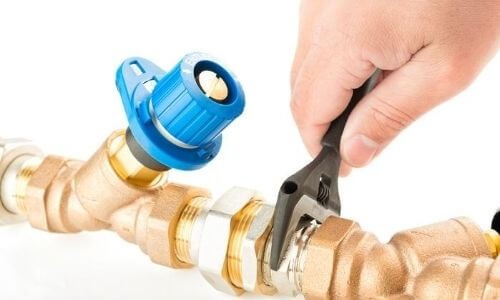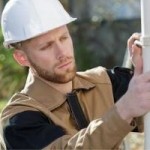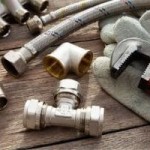The Basics of New Pipe Installation
Everyday modern living depends a lot on pipes: they supply clean water to our household faucets and toilets, and they carry away used wastewater. Pipes are also used to deliver fuel such as natural gas and propane to appliances that need heat. In the average home, a network of pipes links the kitchen, the bathroom, the laundry area, and the water heater.
Sometimes pipes can burst or become so corroded that they need to be replaced. Homeowners looking to learn if repiping is needed will benefit from these tips.
Reasons to Install New Pipes

The most common reason homeowners need to install new piping is the age of their house. The plumbing systems in older homes were often constructed of galvanized steel and cast iron pipe, which corrodes after several decades of use. Corrosion leads to cracks, leaks, and burst pipes. Even older systems made of plastic may need to be replaced, as plastic can become brittle with age.
Look for these signs to decide if new pipe installation is needed:
- Burst pipes: Any pipes that are cracked or broken and are actively leaking need to be replaced.
- Leaks: Leaky pipes can be caused by loose or low-quality fittings, the deterioration of sealant, or clogs.
- Discolored water: Brownish and metallic-tasting water may be caused by rust inside the pipes or hot water tank.
- Low water pressure: A loss of water pressure is sometimes the result of a leaking water line.
- Frequent clogs: Drains that constantly backup could be indicative of damaged or blocked drain pipes.
Professional Repiping Services

If repiping services are needed, it is often a good idea to call a professional plumber. A residential plumber is knowledgeable and will be able to diagnose and quickly repair any issues a homeowner may be having.
Hire a plumber for the following installation services:
- Whole-home repiping: Upgrade the entire home with new pipes, whether copper or plastic.
- Burst pipe repair: Replace broken pipes or fittings.
- Sewer line installation: Repair or install new plastic sewer line underground.
- Gas line installation: Run gas line to connect appliances such as the oven, dryer, water heater, or grill.
A Plumber’s Installation Tools
Hiring a plumber to install new pipes is more economical not only because they know exactly how to approach the project, but also because they already have the tools needed to get the job done correctly.

There are many general and plumbing-specific tools needed for installing new pipes, including a hacksaw, tubing cutter, tape measure, soldering iron, pipe wrench, Channellock pliers, basin wrench, sealant, metal file, and more.
Without all these tools, attempting a new pipe installation might be a major undertaking and investment than the typical homeowner is prepared for. A plumber can quickly and efficiently restore the plumbing back up and running in no time.
Rely On TR Miller Heating & Cooling
TR Miller Heating & Cooling has been family-owned for three generations. They provide Plainfield, IL and the Chicagoland area with excellent customer care, straightforward pricing, and emergency service within 24 hours. With licensed, expert plumbers on staff, they can help with all your pipe installation needs.













